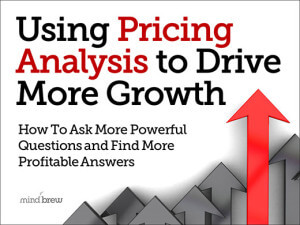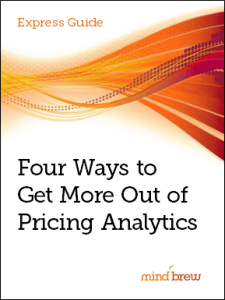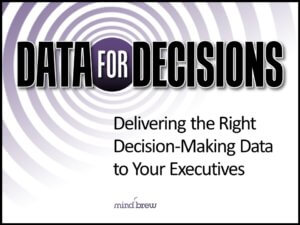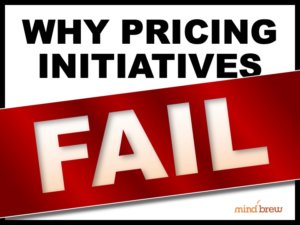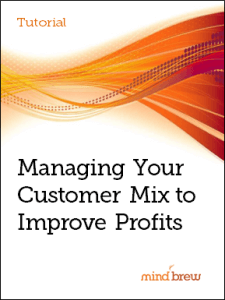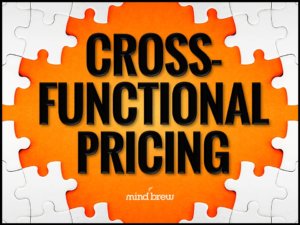In an earlier article, I went on a rant about some of the most egregious analytical errors, omissions, and fallacies I’ve been seeing with alarming regularity. As it happens, I didn’t get it all out of my system and I have more frustration to vent. But since I’m trying to cut back on my rants-per-annum, let’s just call this an addendum…
All too often, I see analysts falling into the habit…or trap, actually…of only taking a single factor or objective function into account. They’ll conduct all of their analyses with just this one factor or outcome in mind, thus constraining their perspectives and limiting their purview. They will then present their findings, conclusions, and recommendations as though this single factor is the only factor that matters.
In our personal lives, we can’t watch, listen, or read any kind of media without being exposed to the results of this sort of single factor analysis. After all, it can be a very effective technique for “shaping” public opinion and behavior on a wide variety of issues and policies.
But in a commercial environment, this type of analysis can lead to some very bad outcomes…
For example, imagine you’re a pricing analyst who is solely focused on margin rates. Everything you pull together, everything you look at, everything you analyze, and everything you model is all about…and only about…maximizing margin rates. And as such, all of your conclusions and recommendations will be geared toward maximizing margin rates.
What’s wrong with that, you might be asking? Nothing at all…as long as your company isn’t also concerned with little things like revenue growth, profit dollars, acquisition rates, customer churn, lifetime values, and so on.
You see, by focusing on a single factor, you are necessarily excluding other factors that may be even more important and highly correlated or even directly connected. And it’s these exclusions that are often the source of those annoying and expensive “unintended consequences” that we’re all trying avoid.
But here’s the real trap for single factor analysts…
On the one hand, should the decision makers in your company fail to recognize the many problems and limitations of your single factor analyses, they’ll end up making some very poor business decisions. And in turn, those bad decisions will ultimately have a negative effect on your career and paycheck.
On the other hand, if the decision makers in your company do actually recognize the problems inherent to your single factor analyses, they’ll likely develop a very poor opinion of your capabilities and contributions. And this can’t help but have a negative impact on your career and paycheck.
So there’s just no upside to being a single factor analyst. You either hurt your company…and thus, yourself…by influencing others to make poor business decisions. Or you just hurt yourself by gaining a reputation for being “narrow minded” or “lacking business acumen.”
To be an effective analyst in a commercial environment, it’s important to remember that everything is connected to everything else and there is never…ever…just one thing that matters.

